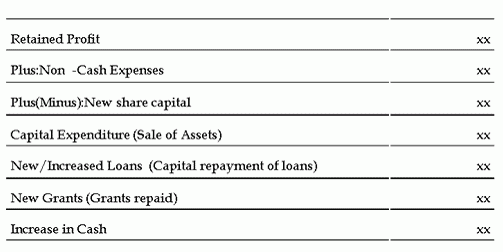Cash Flow Statement. Accounts of Different Entities
Category: Financial Risk Management
A lending banker will often spend quite a while analysing information from the Balance Sheet and from the Profit and Loss Account and this can be very useful in assessing risk. We will look at this analysis in more detail in the next session.
Also, for other financial analysts (e.g. owners/shareholders, tax authorities, major suppliers etc.) these statements will be their main focus of attention. However, a banker is often more interested in a third financial statement, which does not always get as much attention as the others – the Cash Flow Statement.
The overall aim of the cash flow statement is to identify/eliminate situations where the accounting treatment of specific items obscures the real cash movement that has occurred. The end result should be a clearer profile of the cash that was generated by the business during the accounting period and the manner in which it was used.
The reason why this is of so much interest to the banker is obvious. It is cash rather than profits which repays bank loans. It is possible that a business may generate a profit but experience a cash flow problem, while a business making losses can often survive in the short term.
Contents of Cash Flow Statement
A simple Cash Flow Statement might look something like that illustrated next:
The ‘Non Cash Expenses’ which are added back would include Depreciation and Write off of any Intangible Assets.
The Cash Flow Statement shows us what cash has been generated from the business operations, what other sources of cash have been available (e.g. new share capital, loans, grants), and what other cash commitments have been undertaken (e.g. capital expenditure, repayment of loans). It can give the banker a much broader look at what has happened during the accounting period than a simple analysis of the Profit and Loss Accounts.
Accounts of Different Entities
During the rest of the Module we may assume that the customer we are dealing with is a limited company. Of course, business customers do not always take this form. For example, they may be Sole Traders, Partnerships or Unlimited Companies. However, the basic shape of financial accounts produced will be similar and, therefore, the same sort of analysis will apply.

